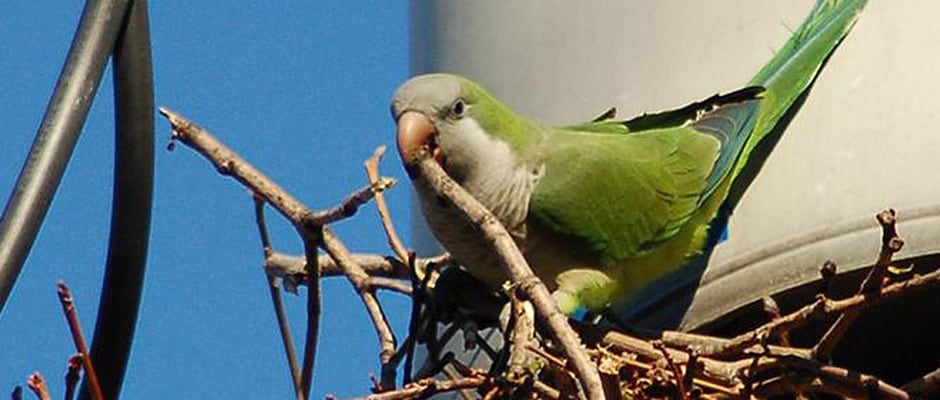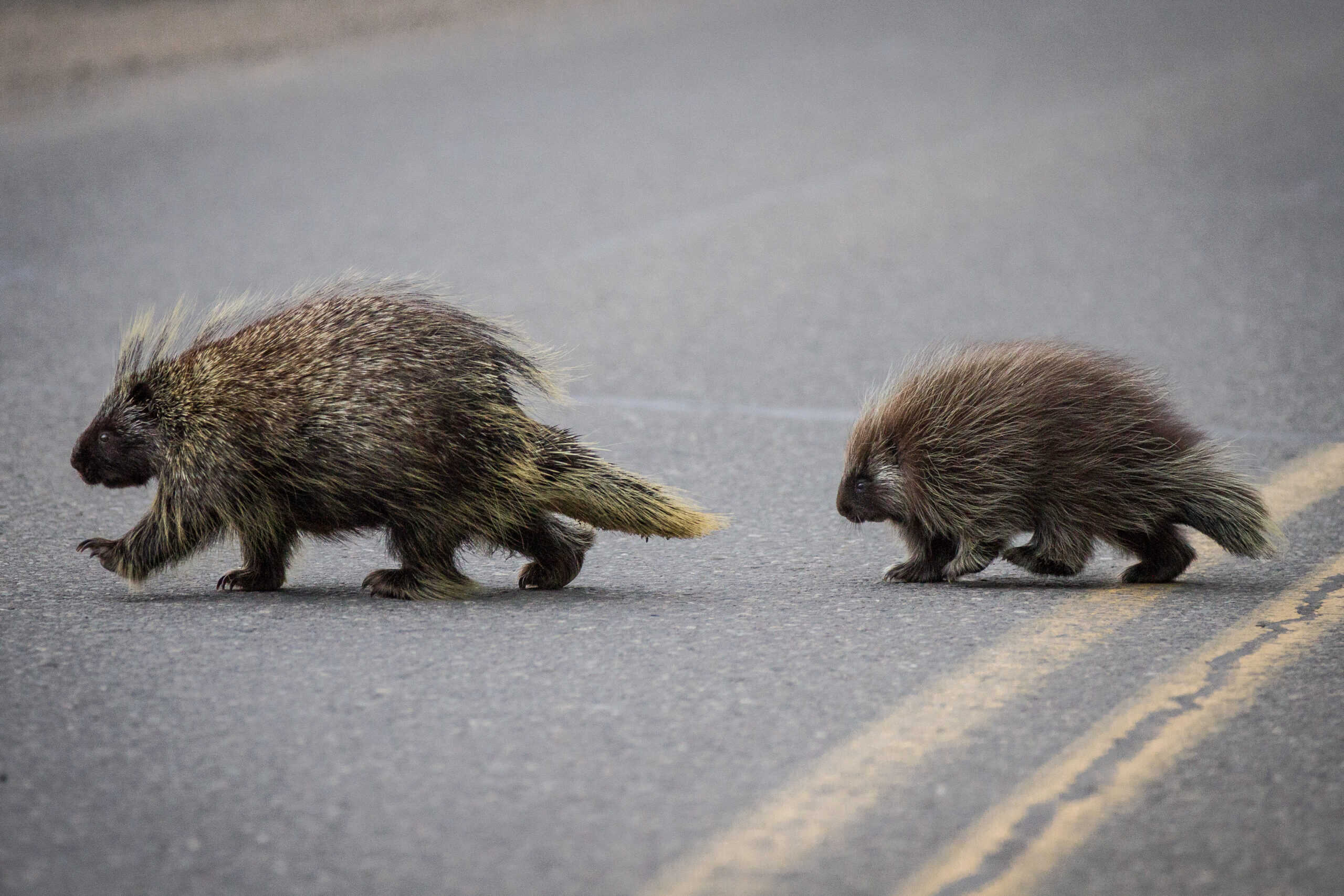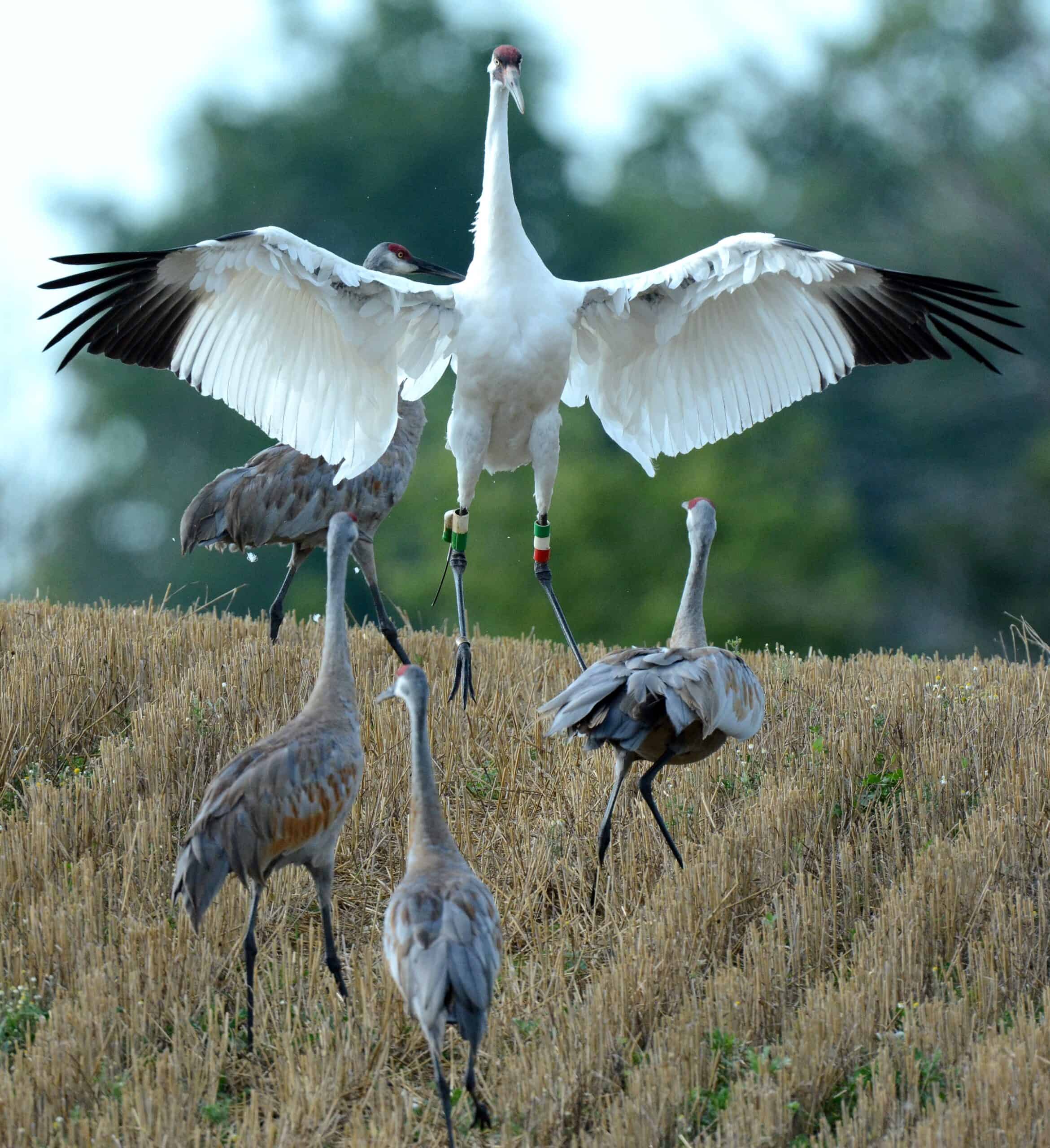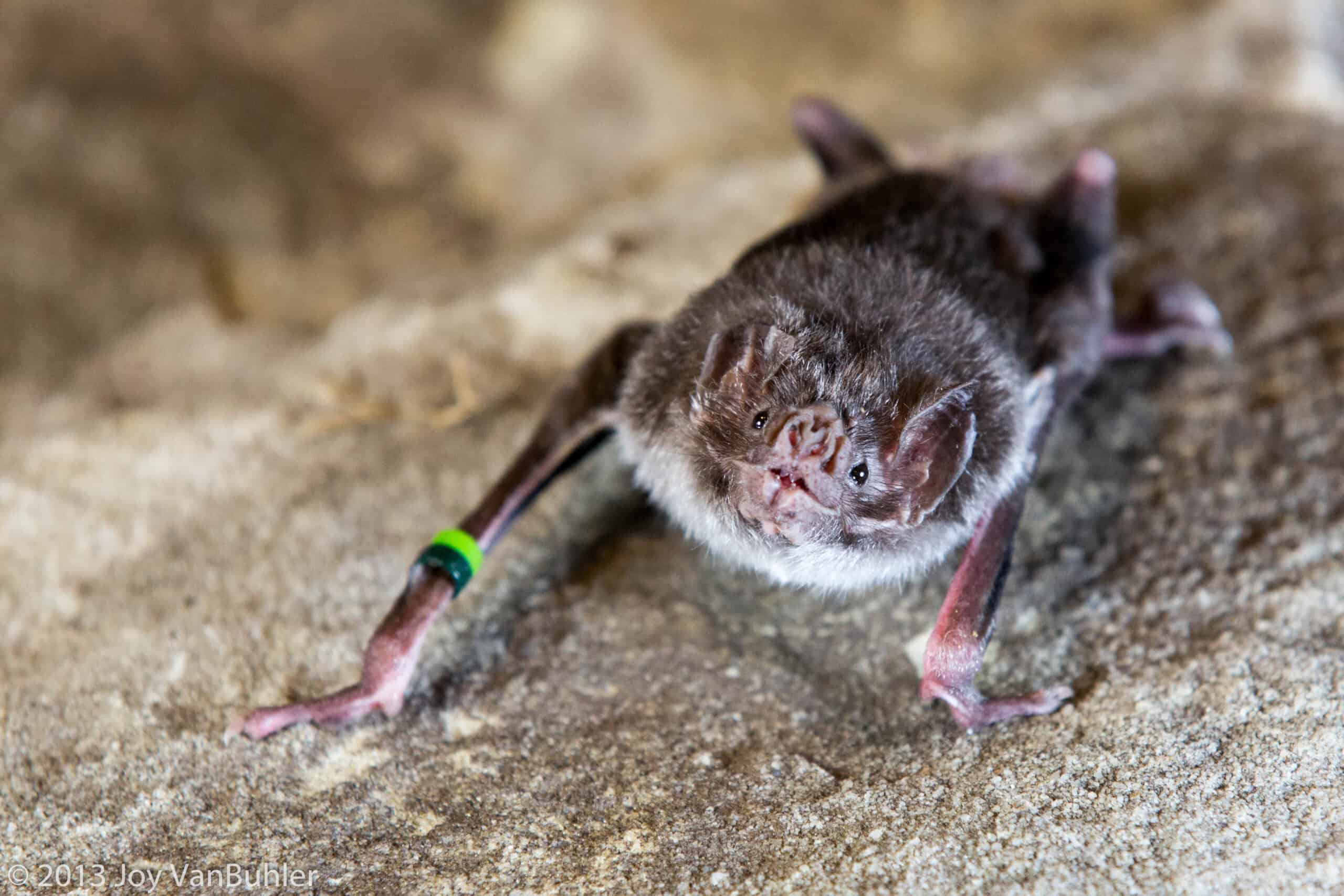Share this article
Successful Invasive Species Has Low Genetic Diversity
It pays to be adaptable if you’re an invasive species looking to survive in your non-native habitat.
Monk parakeets (Myiopsitta monachus) — an invasive species currently found in 14 U.S. states, with the majority in Texas and Florida — appear to be well aware of this particular survival strategy. Resembling traditional Middle Age monks that are short and stout with grey cowls on their heads, these birds were the subject of a recent study published in Molecular Ecology to understand where this particular invasive species originated and how its genetic makeup differs from the same species in its native habitat.
In a large research collaboration led by lead author Pim Edelaar, a researcher at Universidad Pablo de Olavide in Spain, researchers in Spain, the United States, Canada and Australia studied the DNA of the species and found that it isn’t high genetic diversity that allows these parakeets to survive in diverse areas, but rather their social behavior. The team was also able to trace the origin of the birds back to South America, likely in Uruguay.
“Monk parakeets are interesting because they are one of the successful bird invaders and have invaded lots of areas which we don’t normally associate with parrots, like coastal Connecticut, New York, and Barcelona,” said Elizabeth Hobson, a postdoctoral fellow at the National Institute for Mathematical and Biological Synthesis and a co-author of the study. “Traditionally, researchers thought that more genetically diverse invasive populations would be more likely to survive in a new habitat, but monk parakeets have lower genetic diversity.”
These parakeets, deemed one of the best-talking birds when in captivity, were imported to the U.S. in the 1960s to be sold as pets. Some were lost in the process and others were set free by their owners, causing them to take up urban and suburban areas for their habitat.
As part of their study, researchers looked at two bird invasions — one from South America to Europe and one from South America to North America. They compared these “one-way trips,” according to Hobson, to see what their genetic makeup ended up looking like. “It was pretty striking that they were both really similar at the end points in the invasive ranges even though they had different journeys to get there,” Hobson said.
Researchers speculate that the birds’ social behavior has been a large part of their invasive success, according to Hobson. One behavior that has allowed the birds to survive is their ability to make their own nests, Hobson said. Most other parrots use tree cavities, but monks can build nests wherever it is convenient.
Unfortunately, these large nests are causing problems in cities.
“This has caused conflicts with power companies and can cause electrical problems,” Hobson said. “Especially with their big, messy nests, it’s hard to do maintenance of these structures because people have to get around the giant nests.”
Because of their potential invasiveness, several states have made it illegal to own monk parakeets. The good news, however, is that the birds don’t seem to be competing with native species as many other invasive species do. And although they are known as a crop pest in Argentina, they have yet to cause any agricultural problems in the U.S. “Invasives are always unpredictable,” she said. “But so far, so good.”
As researchers continue to study the species in its non-native habitat, Hobson encourages people to observe monk parakeet behavior and report sightings on Ebird — a tool to gather data on the world’s birds for scientific research.
“We’ve only scratched the surface of parrot behavior and how they interact in an invasion,” she said. “They are social birds, and it will be interesting to find out how this will help or hurt them and how they change their communication or social structure when they’re in an invasive population or a native one. These are some studies on the horizon.”
Header Image:
Image Caption: A monk parakeet nibbles on a branch. Researchers studied this bird species’ genetic diversity and found that the invasive species is less genetically diverse compared to the native species.
Image Credit: Steve Baldwin, Brooklynparrots.com








